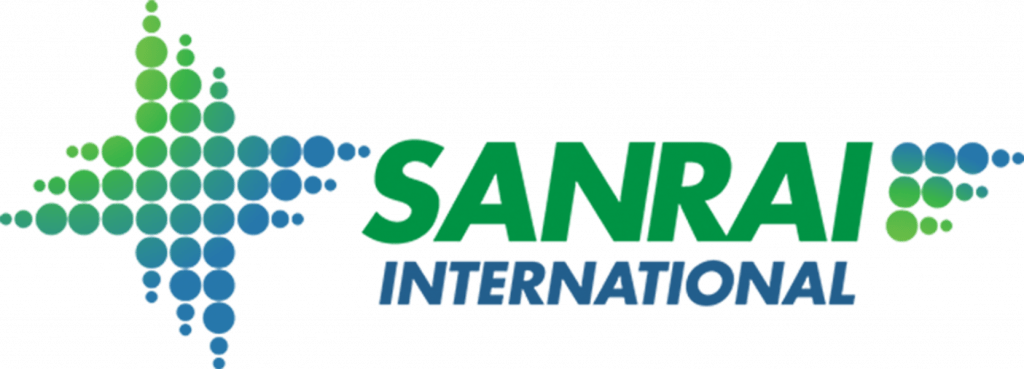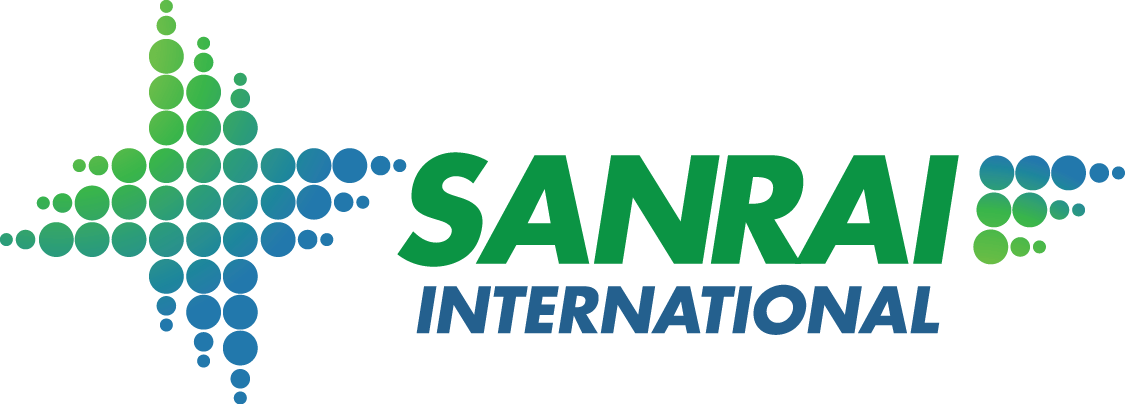Changes in the Oxygen Concentrator Landscape
August 2021
Oxygen concentrators are one of the fastest ways to increase oxygen capacity in any country. An essential treatment for covid-19 is oxygen as covid attacks the lungs even in mild cases. As such, for most cases, mild and severe, oxygen is required. Often the amount of oxygen required, especially during a spike in positive cases, far outstrips a country’s available supply. This has been the situation since 2019 and has resulted in extremely high demand of oxygen concentrators. Supply chains have not been able to keep up.
Components
All oxygen concentrators rely on 4 main critical components: PC board, sieve beds, valve, and compressor. Given the high demand, there are consistently shortages in sieve material and compressors. Currently, most high-quality concentrator manufacturers use sieve material from one of three suppliers. There are also only a few high-quality compressor manufacturers. To get the components needed to the factories the concentrators are produced in, manufacturers have turned to air freight due to the shorter timelines.
Competitive Landscape
Oxygen concentrators are mainly produced in China or the US. Most US manufacturers have strict FDA quality controls that limit changing the components used in production. Oxygen concentrators produced in China are split between the wellness and medical markets. As such, the regulatory and quality controls are not as high in China. Inferior components have been found to be used within Chinese brands as they ramp up production to meet demand. Today, manufacturing an oxygen concentrator is not very complicated. The most important part is the quality control processes that need to be strictly followed to have an oxygen concentrator producing medical grade oxygen for more than three years.
Quality
When shortcuts are taken with lower quality components, the lifetime of the oxygen concentrator is significantly reduced. Sieve material, which binds with the non-oxygen gases, releasing medical grade oxygen, is very important to the long-term production of medical grade oxygen. When lower quality material is used, a concentrator may produce medical grade oxygen only at lower flow rates or only for 6 months. Sieve beds are some of the most expensive components in a concentrator.
A compressor is what pushes the air through the concentrator. Where lower quality compressors are used, they struggle to produce enough air flow and are unable to produce medical grade oxygen at higher flow rates. Lower quality compressors will shorten the lifetime of the device to 1 year or less. Compressors are typically the most expensive components in any concentrator.
Cost
The combination of increasing logistics costs in both air and sea shipping, shortages of critical components, and increasing production capacity, has resulted in cost increases for oxygen concentrators. These increases are seen the most in US made oxygen concentrators as they cannot take any shortcuts in components or quality. Many non-USA concentrator manufacturers have taken shortcuts. These shortcuts result in a lower upfront cost but are guaranteed to reduce the lifetime of the concentrator. The goal should be to use oxygen concentrators producing medical grade oxygen for at least three years. By paying less upfront, but needing to replace critical components or the entire concentrator within one year, the total cost becomes higher than initially purchasing a higher quality concentrator that will last more than three years.
Oxygen concentrators are critical to increasing the available oxygen in a country. They can be easily moved around to different hospitals and/or patients to quickly increase oxygen capacity where covid cases are higher and more patients need oxygen. With low rates of vaccination and the increasing number of covid variants, there will continue to be high demand for oxygen. This is not a short-term problem. It is important that the investment in oxygen is done sustainably to increase the available oxygen long term.

Copyright Sanrai 2020
